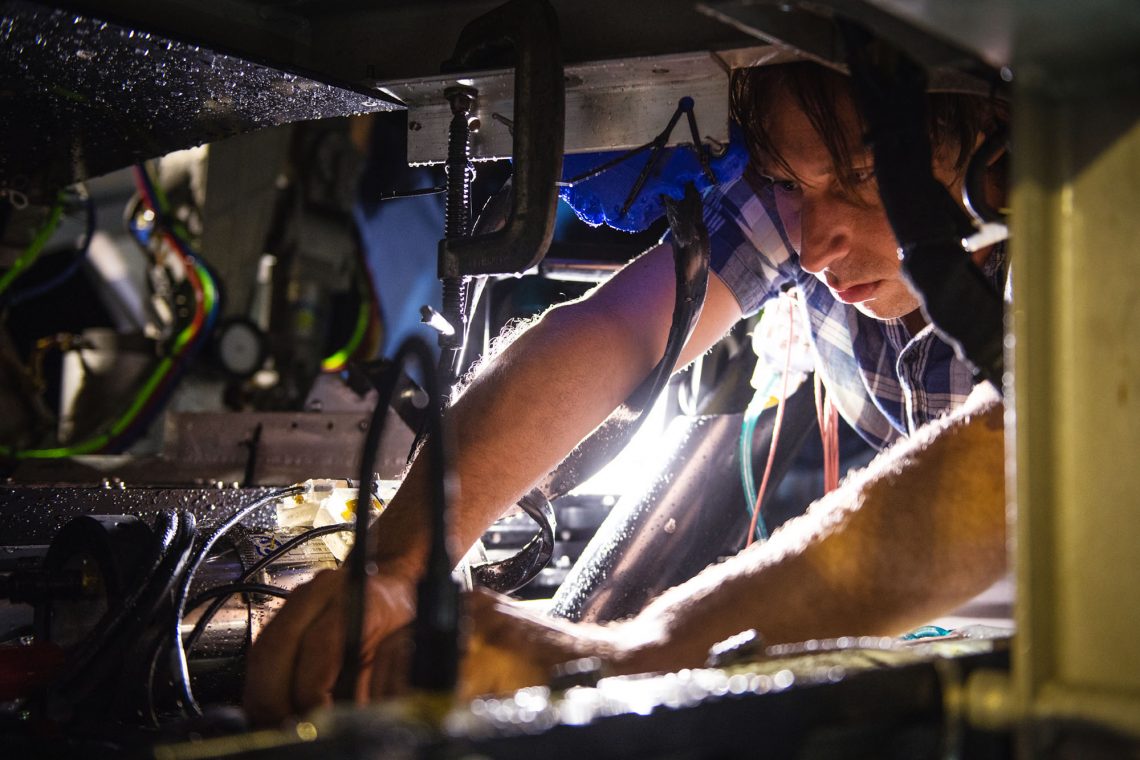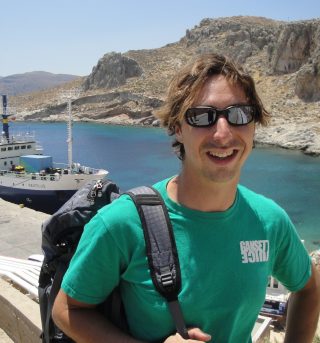Reflecting back on the “Designing the Future” expedition, it is hard to imagine things having gone any better. We were fortunate to have good weather – an important factor! But more importantly, we had an amazing team on the ship to guide and support our science and engineering goals. It was an honor to work with such a talented and dedicated group of people.
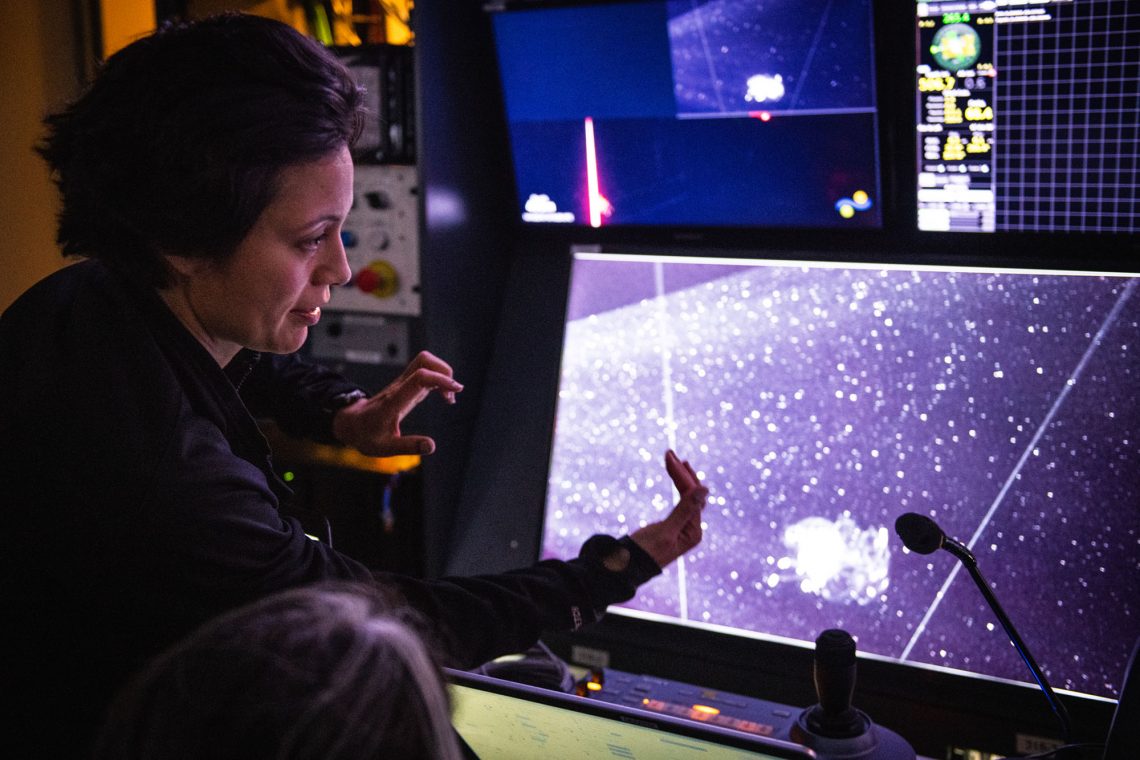

Integrating MBARI’s DeepPIV system onto the ROV SuBastian was no simple task, and it took months of planning and testing to get everything prepared. Similarly, the new soft robotic gripping system that URI and Harvard developed had never been tried before in the field. And to top it all off, our Artist-at-Sea Aly Ogasian collaborated with us to integrate some of our experimental deep-sea cameras into her 3D-printed designs. Over the course of six ROV dives, MBARI’s DeepPIV system was used to scan a number biological ‘targets’ including deep-sea jellyfish, ctenophores, siphonophores, and glass sponges. One of the coolest things we saw was a cubozoan, or box jellyfish, at a depth of ~600m… these can be extremely venomous! We also used our soft robotic gripping system to gently pick up xenophyophores, which are very delicate single-celled organisms that can be very challenging to collect.
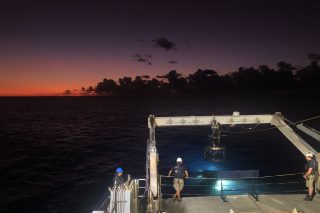
A lot of new things were being tried over a relatively short amount of time, and I am proud to report that everything worked pretty much like it was supposed to. I can also say that, after many years of working on oceanographic expeditions with sophisticated systems like these, the process does not usually go this smoothly. It is a real testament to the highly skilled ROV pilots, marine technicians, and crew on board the R/V Falkor.
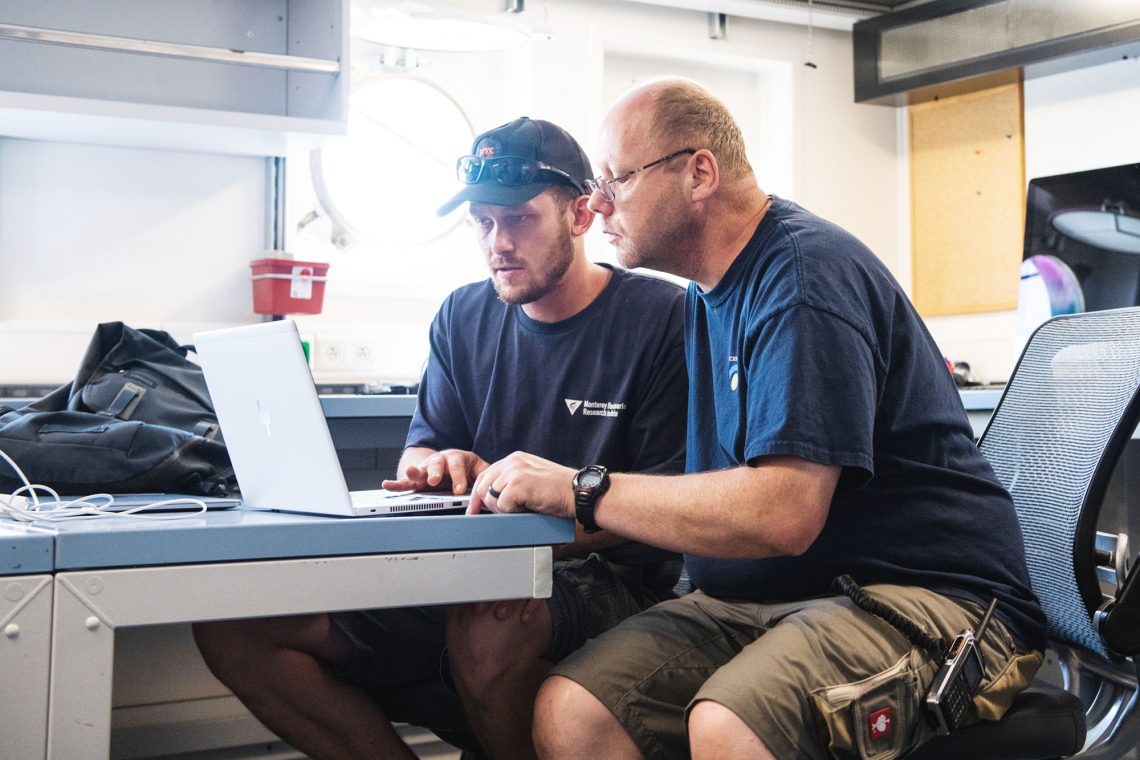
On To The Next Chapter
We saw some amazing things in the midwater on this expedition, and we did not have to stray too far from the shore of Oahu to find them. In a little over a year, we will embark on a second expedition on the Falkor to a far-flung side of the world – the waters in and around New Caledonia and Vanuatu. This region is ripe for discovery no matter where you are looking – and the deep-sea midwaters are probably the least explored of them all. We will be armed and ready with our new tools, and even a few more that are still in development. What an incredible opportunity…stay tuned!
